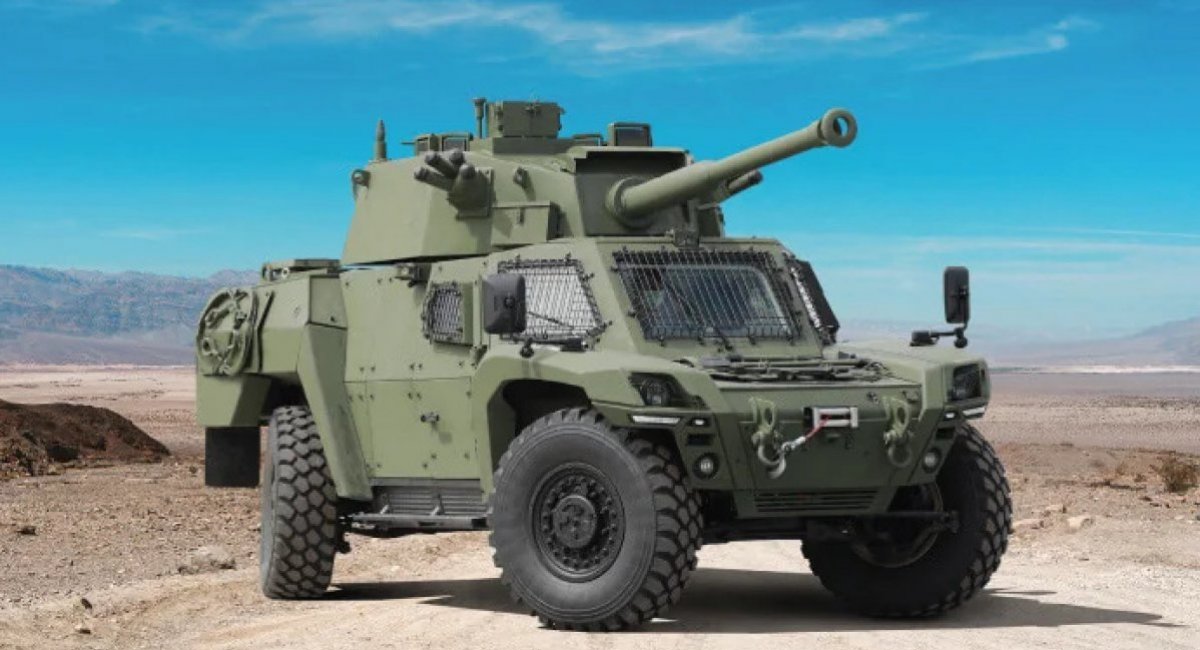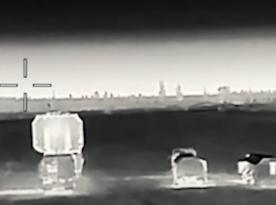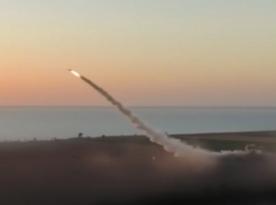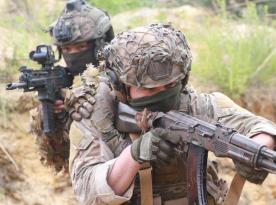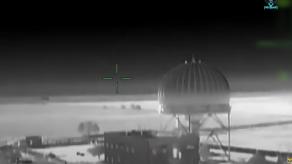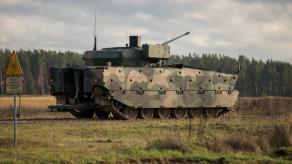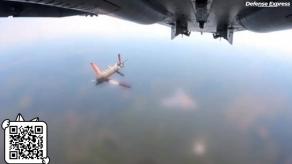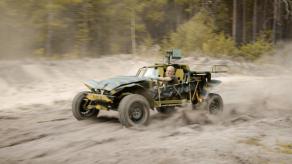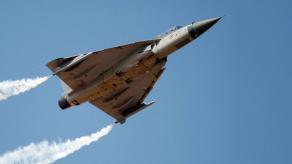At the IDEF 2025 defense exhibition, Turkey once again showcased its Otokar AKREP II reconnaissance vehicle, equipped with a Cockerill CSE 90LP combat module featuring a 90mm gun. This presentation once again raises the question of whether vehicles of this type remain relevant, especially in light of battlefield lessons learned from Ukraine.
Initially, the vehicle could be considered a conceptual analog to the Soviet BRDM-2, available in versions armed with a machine gun module of similar caliber or a 25/30mm autocannon. However, mounting a powerful 90mm gun essentially pushes it into the category of light tanks.
Read more: Turkey Unveils Unique Kamikaze Drone-Ground Effect Vehicle That Flies Inches Above the Sea to Hunt Ships
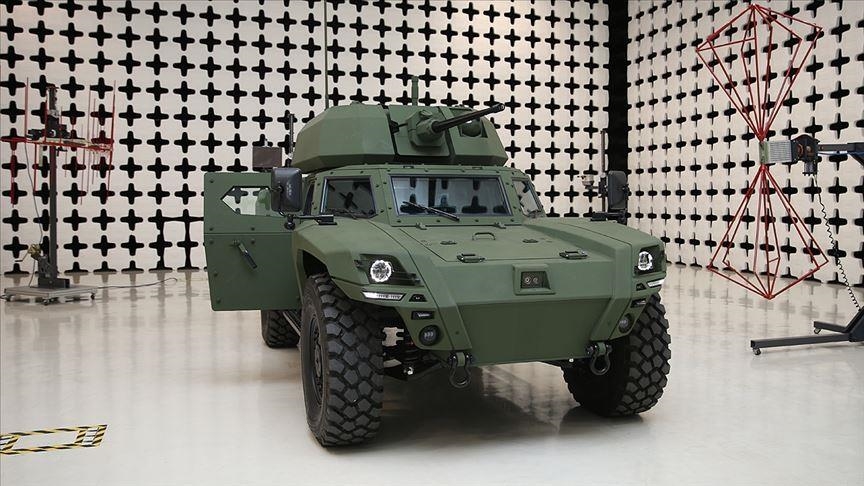
At the same time, it’s worth noting that reconnaissance vehicles are often equipped with heavy weaponry — for example, the French AMX-10RC — enabling them to provide fire support and even pose a serious threat to enemy armor.
The biggest concern with 4x4 armored vehicles mounting large-caliber or automatic guns is mobility. A large turret not only increases overall weight but also raises the vehicle’s center of gravity, negatively affecting stability.
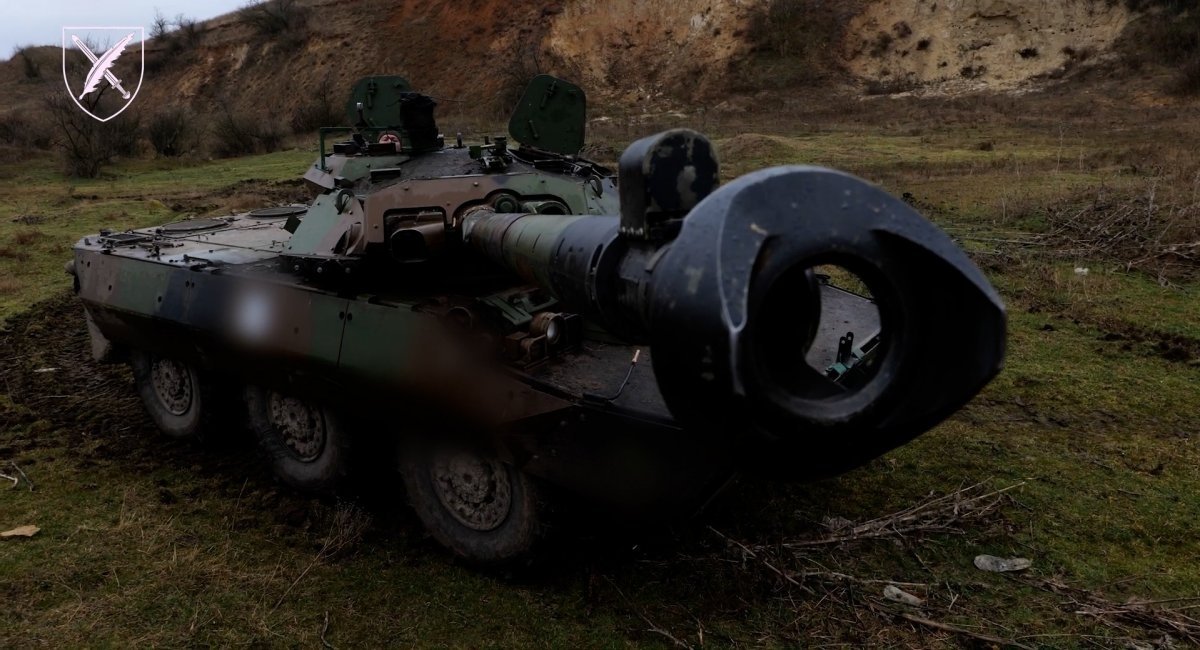
The AKREP II weighs up to 15.5 tons (roughly in the MRAP class) while being somewhat more compact, which reduces its profile and makes the large turret appear less massive.
Turkey’s advantage here lies in the fact that the vehicle was purpose-built to carry such a weapon system. In contrast, combat modules are often retrofitted onto standard armored vehicles, requiring additional structural reinforcement.
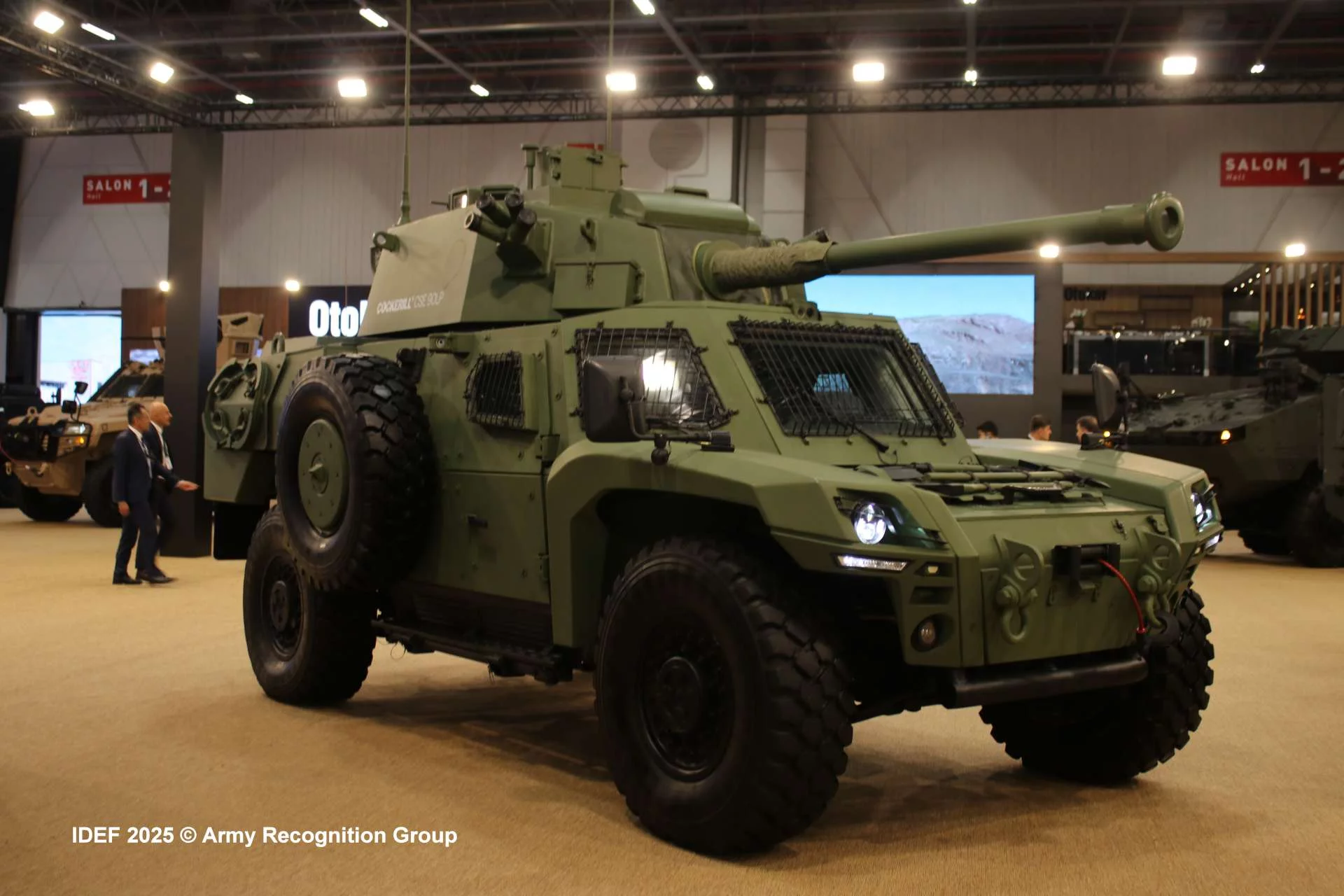
However, while its dimensions and mobility appear acceptable, these do not address the main issue — the platform’s overall viability. The widespread use of UAVs has fundamentally changed modern reconnaissance doctrine.
While roles such as patrolling and fire support still exist on the battlefield, a far more critical issue now dominates — vulnerability. Although the exact level of protection offered by the AKREP II is classified, it is likely to correspond to STANAG 4569 Level 2, or at most Level 3.
Today, the widespread use of drones has significantly limited the role of armored vehicles, pushing them into substitute roles as improvised self-propelled guns and forcing the adoption of anti-drone mesh. Even so, none of these measures guarantee survivability.
In such conditions, the mobility of light tanks and reconnaissance vehicles no longer offers a decisive advantage — while their light armor becomes a clear liability. The AMX-10RC in Ukrainian service is a case in point: it is used primarily from covered firing positions rather than in maneuver warfare.
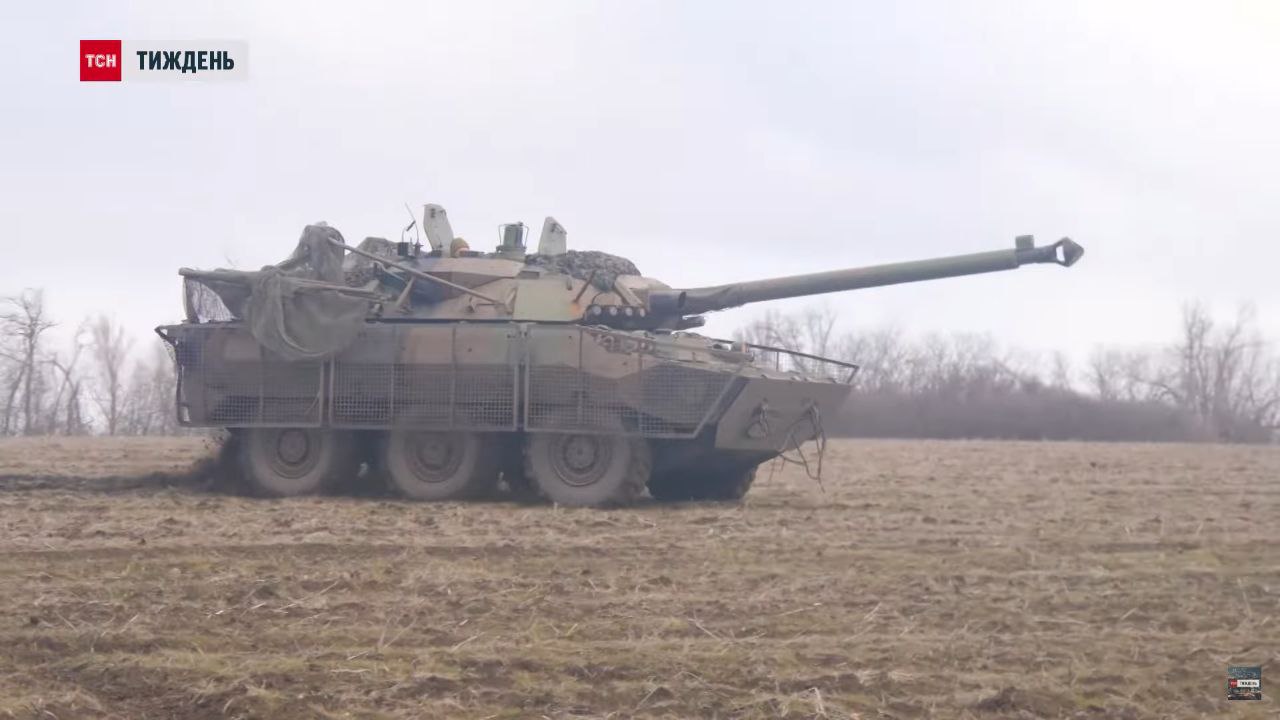
In conclusion, while the AKREP II is undoubtedly a thoughtfully designed and well-engineered platform, its underlying concept limits its utility in full-scale battlefield operations. This, in turn, narrows its potential export appeal and market niche.
Read more: U.S. May Offer Turkey F-35 Jets Again, But Only If It Abandons the russian S-400 System




